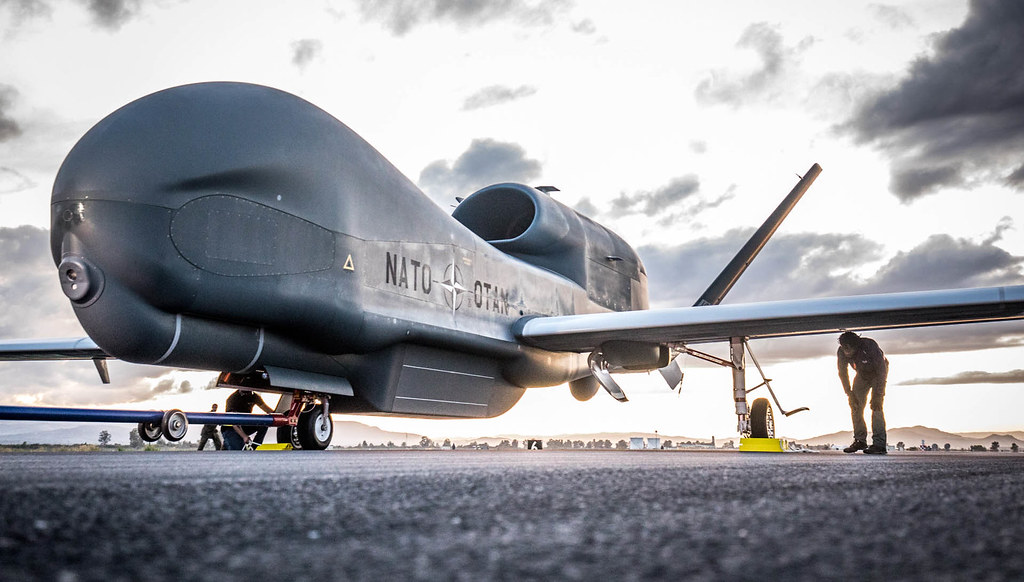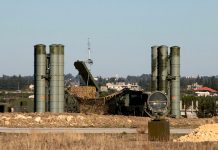
As militaries study the ongoing Russia-Ukraine conflict, a pressing question emerges: have drones displaced conventional weapons like tanks and artillery?
For NATO, the issue extends beyond battlefield tactics. The alliance, still trying to rebuild long-underfunded armies, must decide how to allocate limited resources. Should it prioritize inexpensive drones that cost thousands instead of tanks that run into millions?
Some analysts caution against such a shift. Justin Bronk, a researcher at the Royal United Services Institute, argues that over-reliance on swarms of small drones and long-range one-way attack systems in place of traditional firepower would be a grave mistake.
Rather than exploiting Russia’s vulnerabilities, Bronk warns, a drone-dominated NATO could end up engaging Russia where it is strongest. Moscow fields some of the world’s most advanced counter-drone systems, ranging from electronic jammers and adapted infantry weapons to short-range air defenses. Russian troops have also adopted physical defenses such as nets and armored cages to block or absorb drone attacks. As a result, only a fraction of Ukraine’s massive drone deployments hit their intended targets, and even fewer inflict significant damage.
Ukraine’s drones have had impact largely because legacy weapons—artillery, guided rockets, missiles, and minefields—continue to restrict Russia’s ability to maneuver and concentrate its defenses. Without these traditional arms, Bronk notes, Russian forces would have far less difficulty neutralizing NATO’s drones.
The reality of drones in Ukraine is paradoxical. They dominate the battlefield environment, constantly surveilling and striking, yet they have not decisively stopped Russian advances. Moscow continues to push forward, albeit slowly and at high cost, using heavy bombardments combined with drone attacks to gain territory. Ukraine’s innovation in unmanned systems has bought time, but not victory.
Bronk stresses that Ukrainian commanders still request conventional weapons—ATACMS, HIMARS, precision artillery, and anti-tank missiles—because they deliver faster, more reliable, and more destructive effects than first-person view drones. UAVs, he suggests, are most valuable as force multipliers: they can act as decoys, overwhelm air defenses, or help guide conventional strikes, rather than replace them outright.
Among traditional weapons, Bronk highlights glide bombs as especially promising for NATO. Though costlier than drones, they are far cheaper than long-range missiles and can be produced at scale with existing infrastructure. A single aircraft can deploy multiple glide bombs in a mission, destroying hardened targets such as vehicles, depots, and command centers. Beyond battlefield efficiency, glide bombs also threaten Russian air defenses, strengthening NATO’s deterrence posture.
Michael Kofman of the Carnegie Endowment for International Peace echoes this perspective, noting that NATO’s comparative advantage lies in precision strikes, highly trained personnel, and integrated joint operations—not in trying to outpace Russia and Ukraine in mass drone warfare.
In the long run, the most effective militaries will be those that blend drones into a combined arsenal of artillery, armor, airpower, and long-range fires. Relying primarily on swarms of cheap drones, Bronk concludes, is far easier to counter than the layered capabilities of a professional, modern force.




